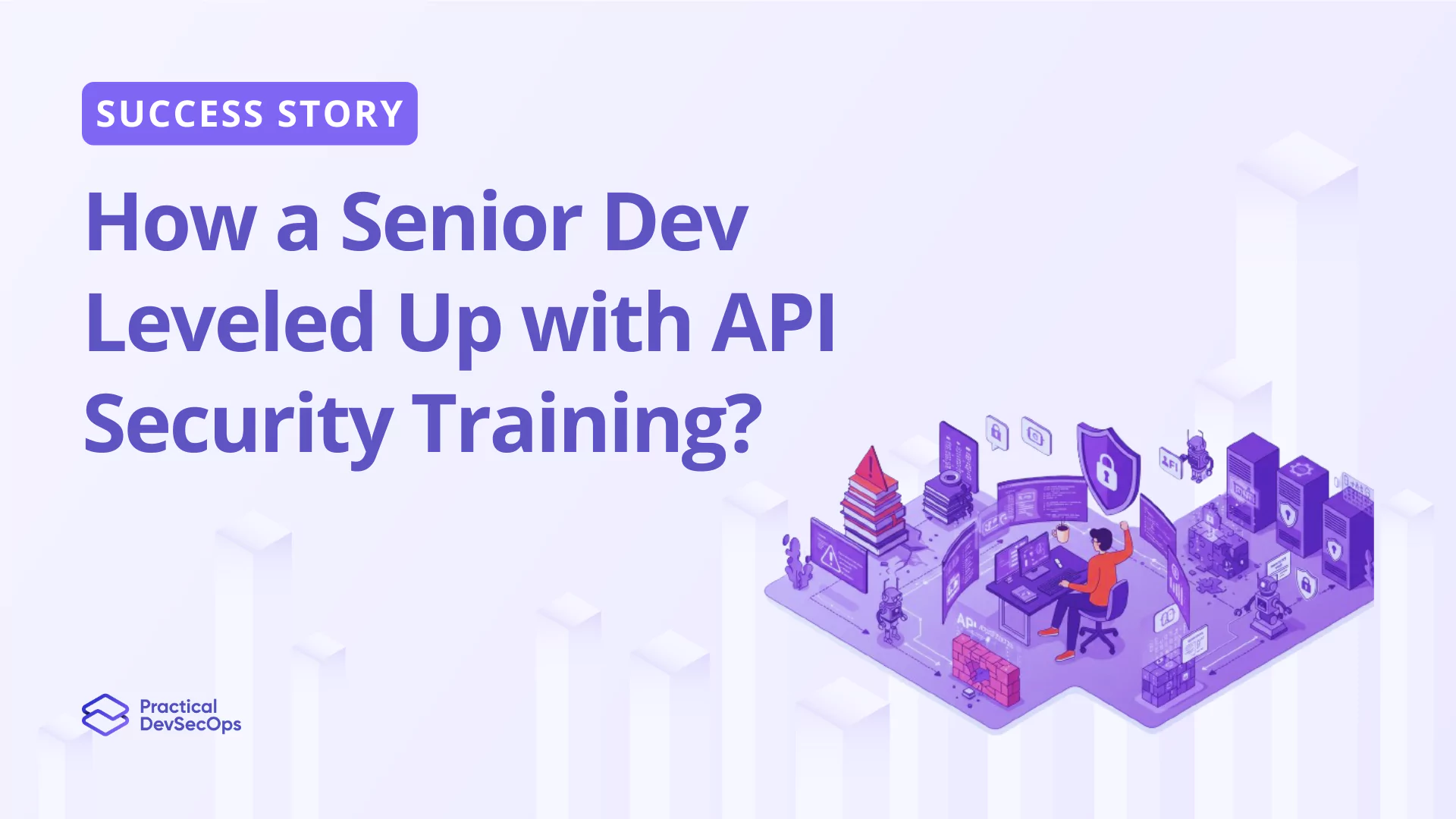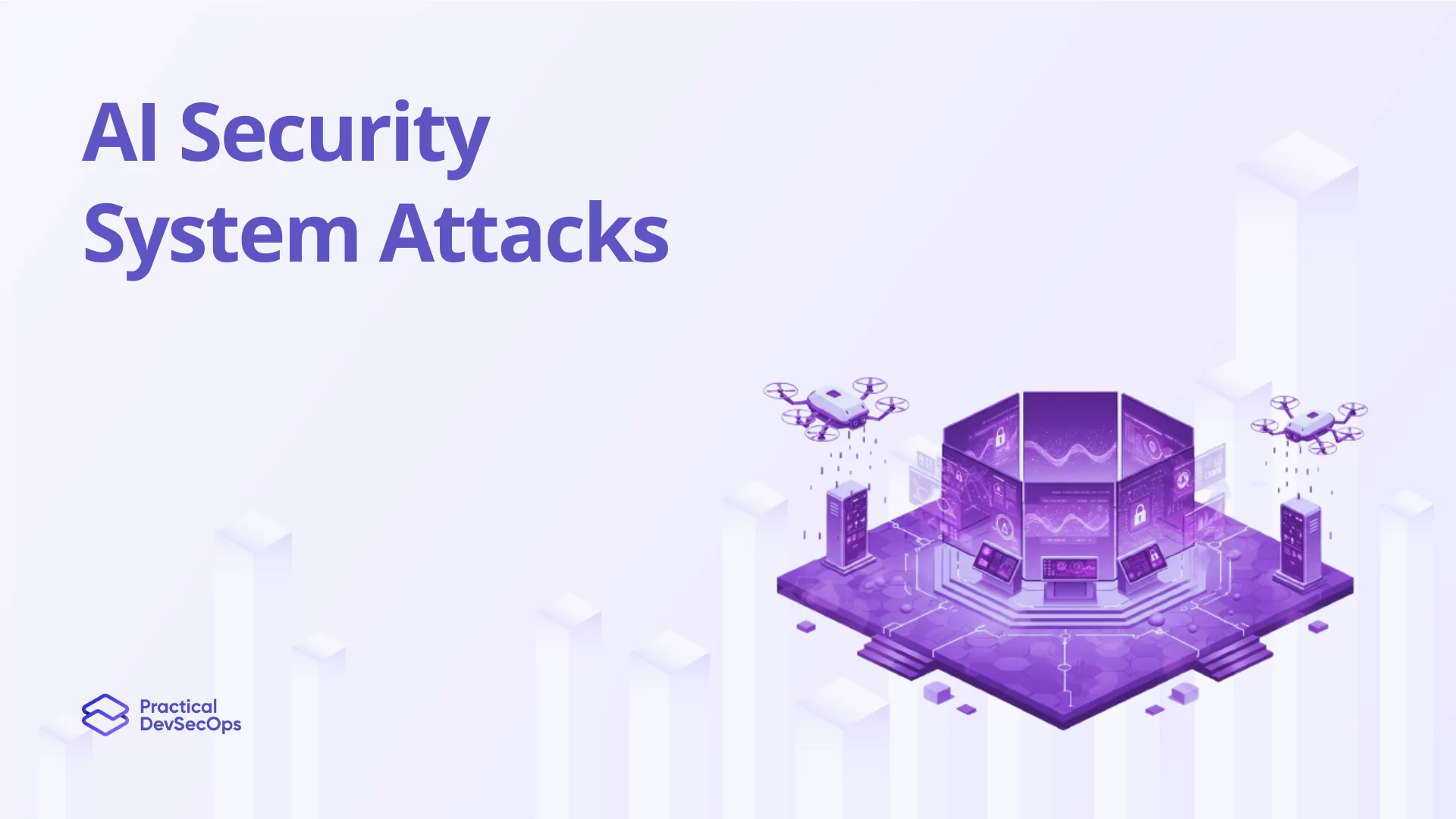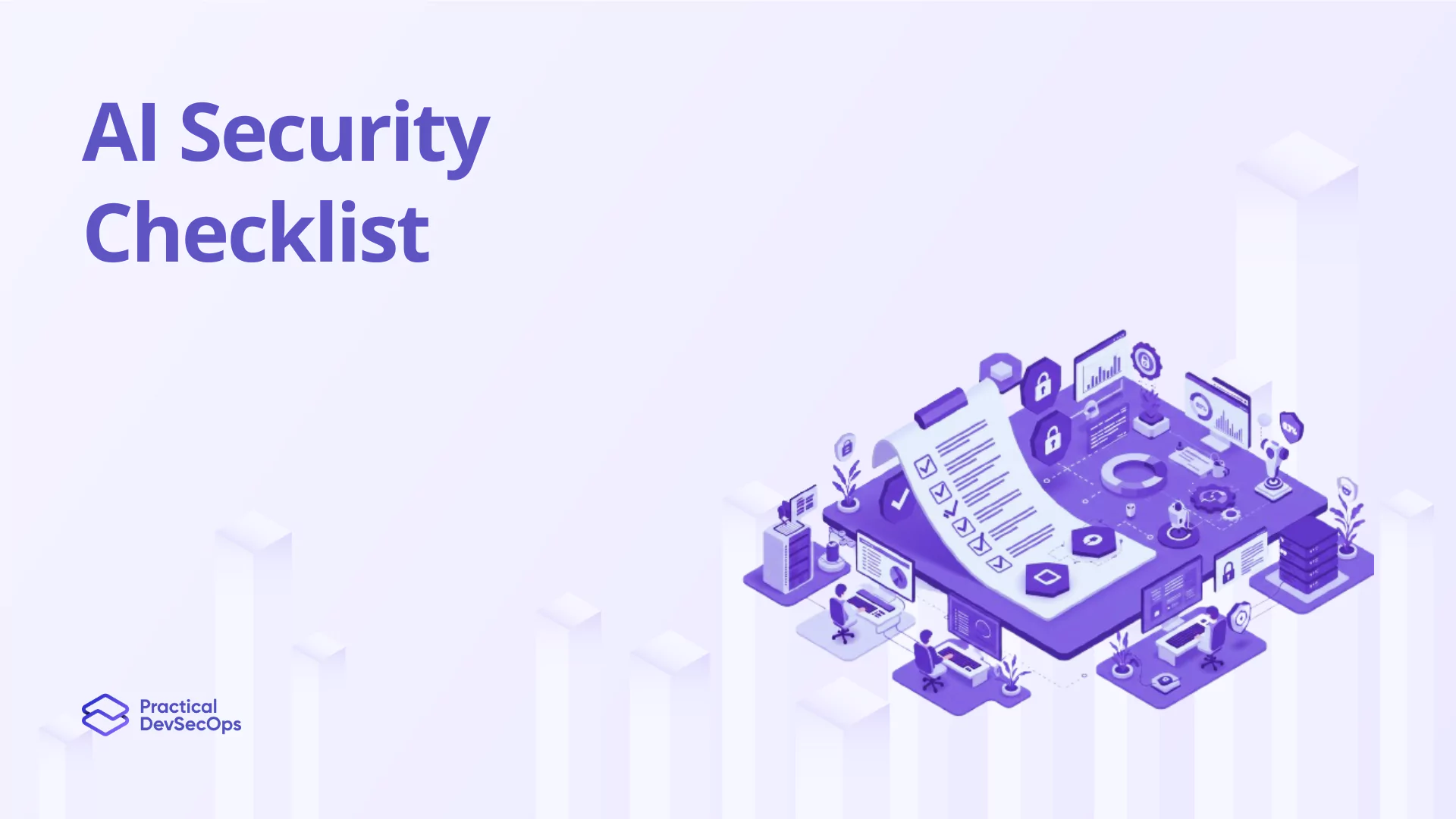Cloud-native architectures now underpin the IT strategy of modern enterprises, giving flexibility and hyper-scalability to an IT landscape. However, unlike traditional IT security methodologies focused on physical assets and perimeter defenses, cloud-native security is dynamic, manifesting the focus on continuous security in software development and operations. Understanding these rapidly evolving risks is an essential aspect of maintaining the efficacy of security in a cloud environment. Staying ahead means staying informed.
1. Misconfiguration of Cloud Storage
Misconfiguration of cloud storage settings is a common problem that can lead to sensitive data being exposed inadvertently. Many times, these misconfigurations happen due to defaults not being changed or improper access controls. Such oversights have resulted in major breaches, leaking confidential information to unauthorized parties.
To mitigate these risks, IT security professionals should put in place strong configuration management practices, frequently audit storage permissions, and encrypt data at rest. These measures are essential to ensure that the integrity and confidentiality of cloud-stored data are maintained.
Also read Cloud-Native Application Security Best Practices
2. Insecure APIs
Critical to cloud-native environments are secure API interfaces, as they serve as the primary road when services communicate and exchange data. Common vulnerabilities in an API include weak authentication, high disclosure of data, and not using rate limiting, all of which make one vulnerable to access misconfigurations that result in leakages.
Ways to propagate API security among IT experts are through strict API testing, continuous monitoring, and the implementation of API gateways that enforce policies on security. Moreover, such hazards can be significantly reduced by routine security audits and using a shift-left practice in the development life cycle.
3. Lack of Robust Identity and Access Management
IAM is one of the critical areas for security within cloud-native configurations. It ensures that only authorized users and services gain access to vital resources. Without a good policy on IAM, cases of data access occur from unauthorized actors or services, which may lead to serious security threats.
Multi-factor authentication, most minor privilege access policies, and periodic review of permissions are some of the ways security professionals are expected to grant strength to IAM frameworks. In addition, real-time monitoring should be used, along with the use of anomaly detection, to detect and stop unauthorized access attempts, which will enhance their overall security posture.
Also read Threat Modeling Interview Questions & Answers
4. Vulnerable Container Orchestration Tools
Container orchestration tools, such as Kubernetes, play a crucial role in managing the deployment and scaling of containers. However, these tools also come with their own set of risks. For instance, misconfigurations can occur, and communications may be insecure if not properly managed. To mitigate these risks, it’s essential to apply security patches without delay.
Implementing role-based access controls can also significantly enhance security by ensuring that only authorized personnel have access to critical functions. Additionally, enforcing stringent network policies helps safeguard against unauthorized access and data breaches.
Adhering to security best practices, such as conducting regular security assessments, is vital for identifying and addressing potential vulnerabilities within the orchestration environment. These steps collectively contribute to maintaining a secure and robust container management system.
5. Incomplete Data Encryption
In the cloud-native applications, encrypting data is vital for safeguarding sensitive information, whether it’s being transferred or stored. However, there are common pitfalls to watch out for, such as relying on outdated encryption algorithms or misconfiguring encryption keys. To ensure that your data is fully protected, it’s important to adopt a thorough encryption strategy.
This should encompass automated key management to streamline the encryption process and regular audits of your encryption practices to identify and address any vulnerabilities. By taking these steps, you can enhance the security of your cloud-native applications and protect critical information effectively.
Also read Kubernetes Network Security
6. Insufficient Logging and Monitoring
Effective logging and monitoring are crucial for detecting and responding to security incidents in real-time. Without adequate logging, there is a significant risk of missing critical alerts and being unable to track malicious activities. To address these vulnerabilities, it’s essential to implement comprehensive logging solutions.
Integrating Security Information and Event Management (SIEM) systems can further enhance your security posture by centralizing and analyzing logs. Additionally, continuous monitoring ensures that potential threats are identified and mitigated promptly. By adopting these practices, organizations can significantly reduce the risks associated with inadequate logging and monitoring.
7. Side-channel Attacks
Side-channel attacks in cloud environments exploit information gleaned from the physical aspects of a system’s implementation. High-profile vulnerabilities like Spectre and Meltdown underscore the significance of these risks. To mitigate such threats, it is crucial to use cloud services that provide regular security updates.
Employing isolation techniques can help prevent attackers from accessing sensitive data. Additionally, continuous monitoring is essential to detect any unusual activity that might indicate an attack. By adopting these strategies, organizations can better protect themselves against the dangers posed by side-channel attacks.
8. Serverless Function Vulnerabilities
Serverless architectures are known for their scalability and cost-efficiency, but they also come with their own set of unique security challenges. These include event injection attacks and insecure deployment configurations. To effectively secure serverless functions, it is crucial to implement strict input validation to prevent malicious data from entering the system.
Additionally, utilizing reliable security tools specifically designed for serverless environments can help safeguard against potential threats. Regular audits of both the security configuration and the code are essential to identify and address any vulnerabilities. By following these practices, you can enhance the security of your serverless applications.
Also read 10 Most Common Kubernetes Security Misconfigurations
9. Network Security Flaws
Network security is critical in managing data flow between services in cloud-native applications. Poor network security practices can expose applications to attacks. To combat this, implement segmentation, enforce strict network access controls, and use advanced threat detection tools to monitor network traffic for suspicious activities.
10. Compliance and Regulatory Challenges
Network security is crucial for managing the data flow between services in cloud-native applications. Poor practices in this area can leave applications vulnerable to attacks. To mitigate these risks, it is essential to implement network segmentation, which helps isolate different parts of the network to limit the spread of potential threats.
Enforcing strict network access controls ensures that only authorized entities can access sensitive areas. Additionally, utilizing advanced threat detection tools to monitor network traffic can help identify and respond to suspicious activities promptly. By adopting these measures, you can significantly enhance the security of your cloud-native applications.
Conclusion
Navigating the intricate world of cloud-native security demands a proactive and well-informed approach. By addressing the key challenges, from misconfigurations to compliance issues, you can place yourself at the forefront of secure cloud operations.
Enhance your cloud journey with our specialized training courses in cloud-native and container security, ensuring your systems are not just functional but optimally secure. Join our community of experts and elevate your security strategy today.
Advance your career and enhance your organization’s security by enrolling in the Certified Cloud-Native Security Expert course at Practical DevSecOps. Equip yourself with the knowledge to tackle these cloud-native challenges head-on.







0 Comments